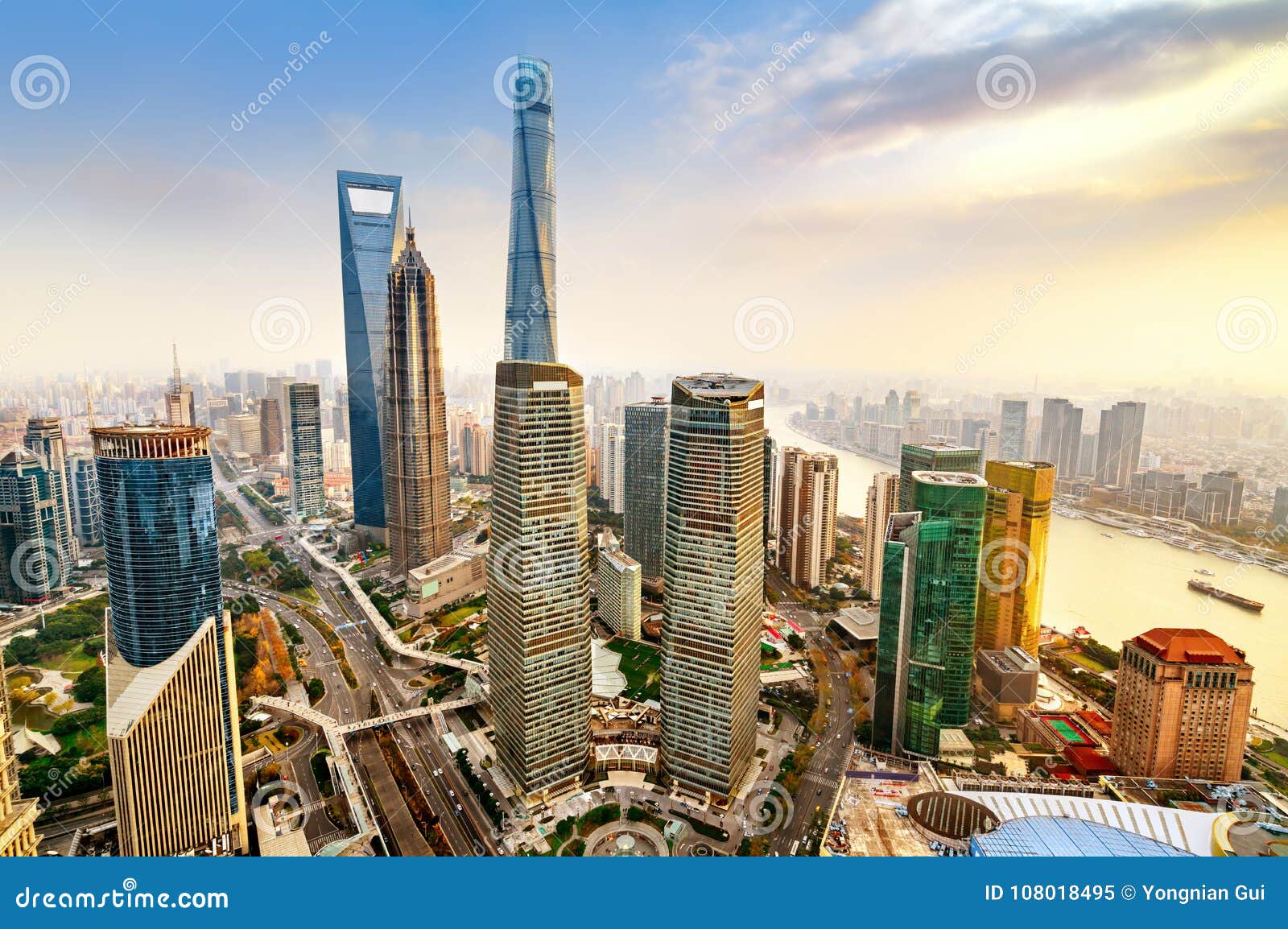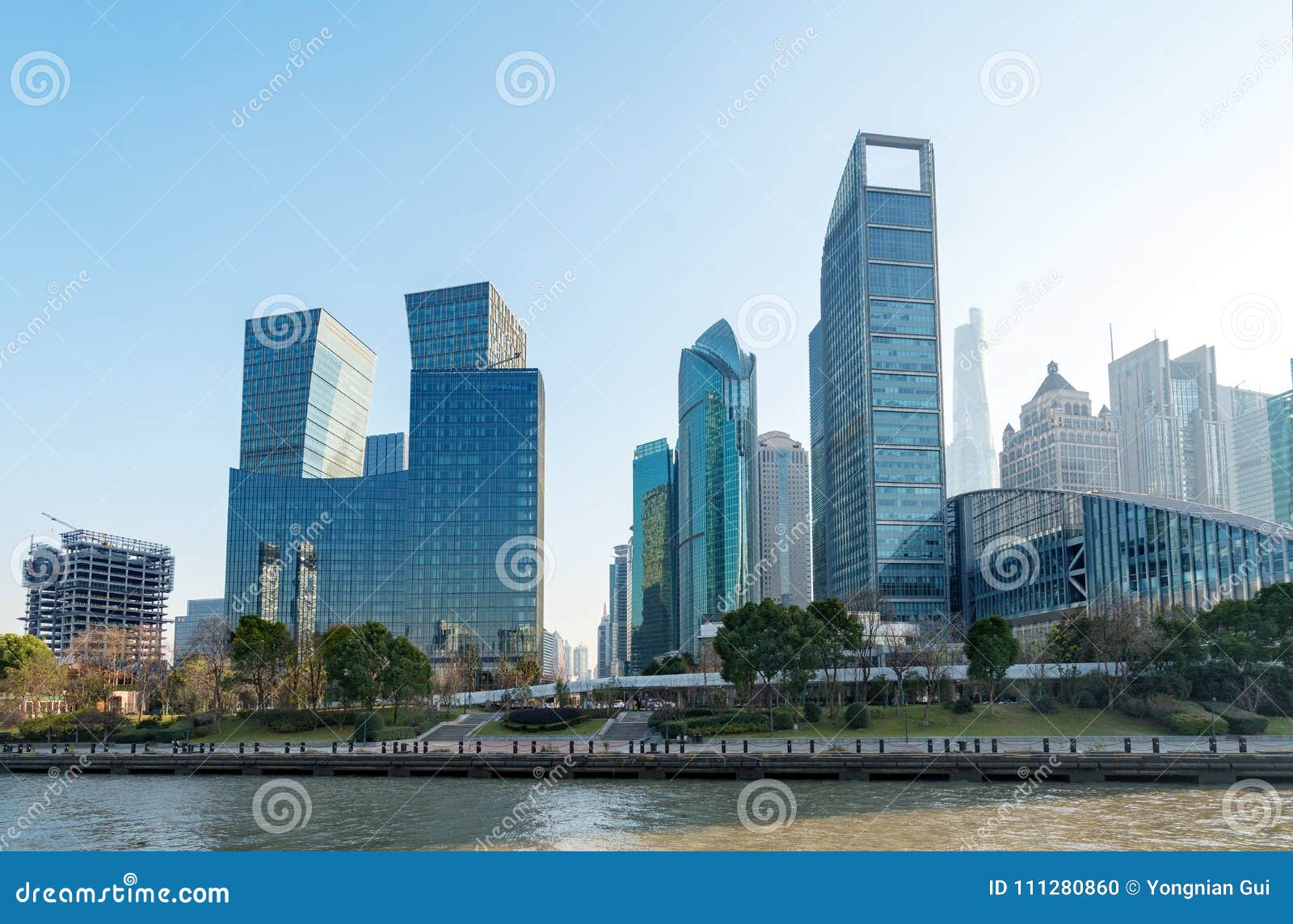

I assumed the factors slowing down US construction would be unique to the US (or at least the west), and wouldn’t be seen in rapidly growing Asian cities. Everything from nuclear reactors to apartment buildings to transit projects gets built more slowly than it used to, federal projects get slowed down by years-long NEPA reviews, housing construction is at historically low rates, etc. This impression was probably encouraged by the occasional video of something getting built in China incredibly quickly.Ĭonversely, one of the most salient facts about US construction is how sluggish it is. China is constructing a huge number of huge buildings, but they don't seem to be going up in a matter of months.īecause these cities get large so quickly at a macro level, I assumed that the buildings themselves would get constructed incredibly quickly.

Shanghai Tower took six years to build, as did CITIC Tower. The largest skyscrapers in China took four to six years, or longer, to construct. For the top 25 in the dataset, Chinese skyscrapers are only 40% faster on average. But the trend doesn’t hold as we look down the list. Of the five tallest buildings built in the US and China in the past 20 years, the Chinese ones were built 80% faster than the US ones (partly driven by the US list containing two comparatively slow pencil skyscrapers). If we look only at the very tallest buildings, China builds much faster than the US. Interestingly enough, the huge outlier in slow construction isn't the US, but Canada, with an average skyscraper construction speed of half that of the US’s. The fastest city out of any examined is, somehow, Los Angeles, though random variation may be the cause (it only has five skyscrapers in the database). But the fastest US cities do roughly as well as the fastest Japanese ones. We also see that Japan is significantly faster than the US on average, with an average speed of 379k square feet per year. Not only does Chicago build skyscrapers faster than New York, it builds them faster than most other cities around the world (in this dataset, at least). New York remains a particularly slow city, but it's not an enormous outlier (which is what I expected): Singapore, Toronto, and Hong Kong are all slower. Within each country we see a range, with some slow cities (New York, Hong Kong), and some fast (Beijing, Chicago). Although I thought the US would be comparatively slow relative to China and Southeast Asia, average speeds in the US and China are actually fairly close (an average of 294k vs 311k square feet per year, respectively, across all skyscrapers). The chart below shows average construction speed, in square feet per year, for cities in the US, Canada, China, and Japan: Most of these (~740 of them) were in just four countries: the US (261), China (242), Japan (152), and Canada (89). The result was a list of 986 skyscrapers completed in 39 cities around the world. And I added several other (mostly American) cities that weren’t in the top 50 but nonetheless seemed interesting.
#China skyscraper fast plus#
And because gathering information for the Chinese cities was so time consuming, I stopped after the first six (the five largest plus Hong Kong). For instance, Paris only has a single skyscraper completed in that time period in the database, the Tribunal de Paris building. Some large cities turned out to not have enough data: either they didn’t build enough skyscrapers, or the skyscrapers they did build didn't have the necessary information, or both. For most cities this was a small fraction of the total number of skyscrapers in the dataset, so many buildings aren’t included in this dataset.

For each city, I pulled data from the Council on Tall Building and Urban Habitat (CTBUH)'s skyscraper database on every skyscraper completed between 2000-2020 that was taller than 100 meters, had a start and completion date, and had a gross floor area. I started with Wikipedia’s list of 50 largest cities in the world. How do modern New York and Chicago compare with other cities, both in the US and abroad? Which cities build skyscrapers the fastest and the slowest today? Let’s take a look. The obvious next step is to look at skyscraper construction speed around the world. Chicago, on the other hand, has declined in speed less steadily, and currently builds skyscrapers much more quickly than New York does. Last week we looked at trends in skyscraper construction speed for New York and Chicago, finding that New York has gotten significantly slower at building skyscrapers over time.


 0 kommentar(er)
0 kommentar(er)
